12 Old Songs That Still Blow Today’s Music Out of the Water
You know the moment, when you’re at a party, and the playlist humming in the background suddenly plays that song. Everyone perks up. Phones pause mid-scroll, and the conversation stalls. Some songs aren’t just great but totally irreplaceable.
They had impossible production techniques, vocal risks no one would attempt live, or chemistry that only happened once. Let’s hit play on some of the songs that still humble the modern soundboard.
Bohemian Rhapsody – Queen
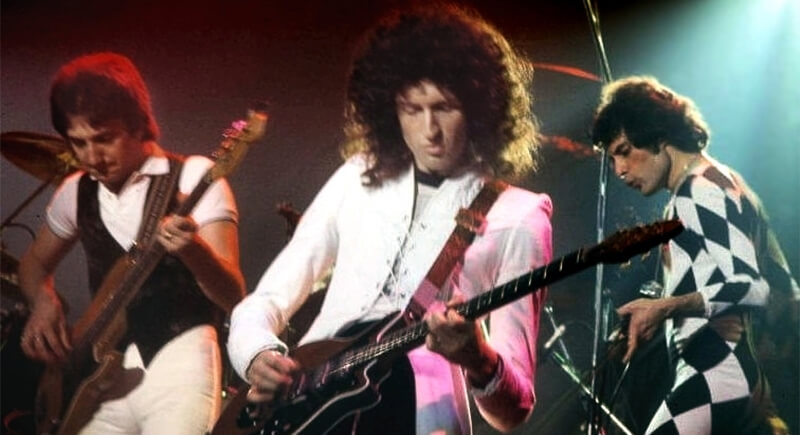
Credit: Wikimedia Commons
Bohemian Rhapsody had no chorus, operatic vocals, or heavy rock breakdown. But somehow, it still works. What’s more remarkable is the engineering behind it: over 180 separate overdubs were combined using analog tape—a feat that required physical tape splicing and layering across multiple machines. Its six-minute runtime broke radio conventions and still became a global hit.
Mr. Blue Sky – Electric Light Orchestra
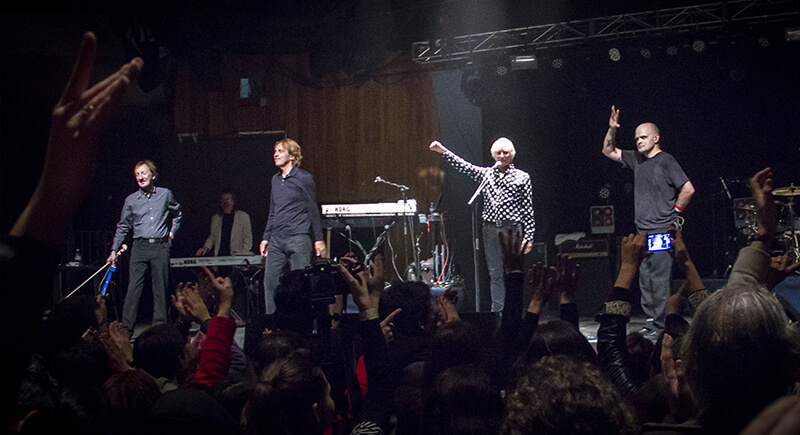
Credit: Wikimedia Commons
ELO basically wrote Mr. Blue Sky knowing they’d never take it on tour in full form. Jeff Lynne used an orchestra, choir, vocoder, and multi-track tape layering that would be a nightmare to replicate today, let alone live in the ‘70s. It’s often called the “happiest song ever,” and there’s science behind that: studies on chord progressions and key changes actually show its uplifting effect is measurable.
Lose Yourself – Eminem
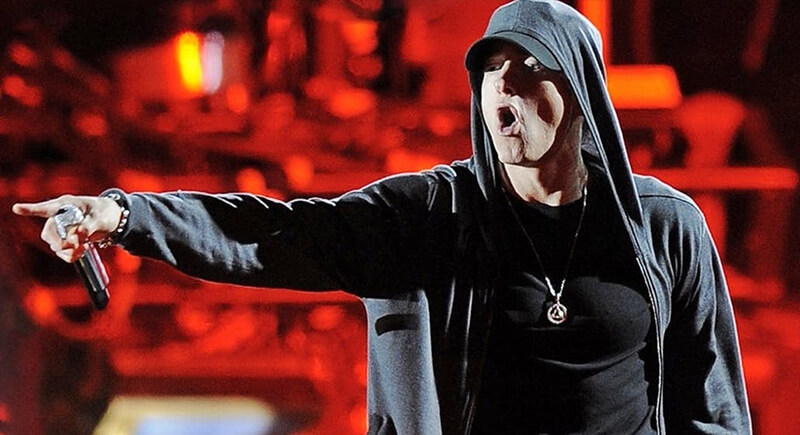
Credit: Wikimedia Commons
Lose Yourself was the first rap song to win an Oscar for Best Original Song, and it wasn’t luck. Eminem reportedly recorded multiple takes of every line while adjusting breath control and vowel inflections to match beat accents precisely. The backing beat is minimal, yet it enhances every syllable.
Smells Like Teen Spirit – Nirvana
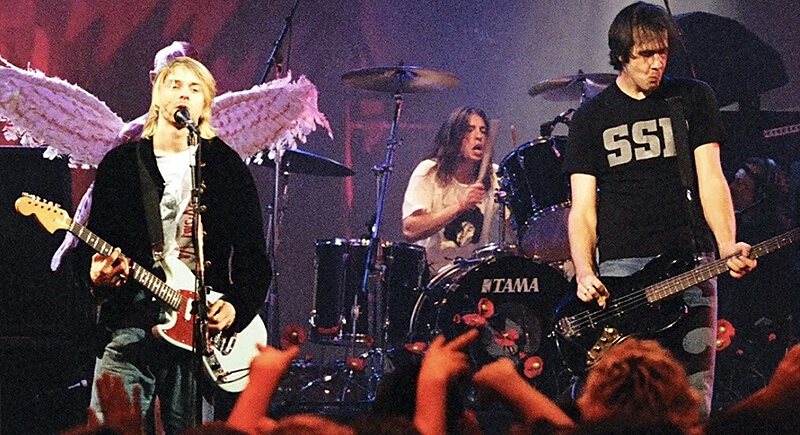
Credit: Reddit
This wasn’t Nirvana’s first single, but it was the one that exploded a genre. The sound is raw because producer Butch Vig preserved imperfections, such as vocal cracks, amp buzz, even the slightly messy drums.
Dreams – Fleetwood Mac
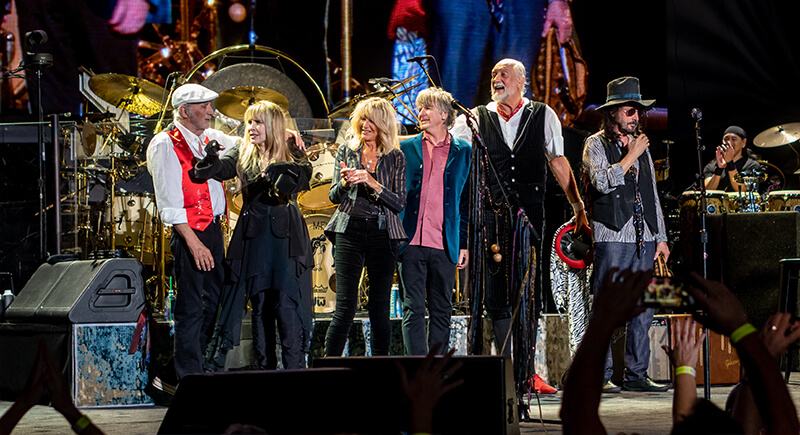
Credit: Wikimedia Commons
The magic of Dreams lies in their rhythmic looseness. Mick Fleetwood’s drumming drifts just behind the beat and gives the track a hypnotic sway. Stevie Nicks wrote the song in a single afternoon using a Fender Rhodes and kept her vocal nearly unchanged from the original demo—a rare studio decision that preserved its intimate, airy quality.
Running Up That Hill – Kate Bush
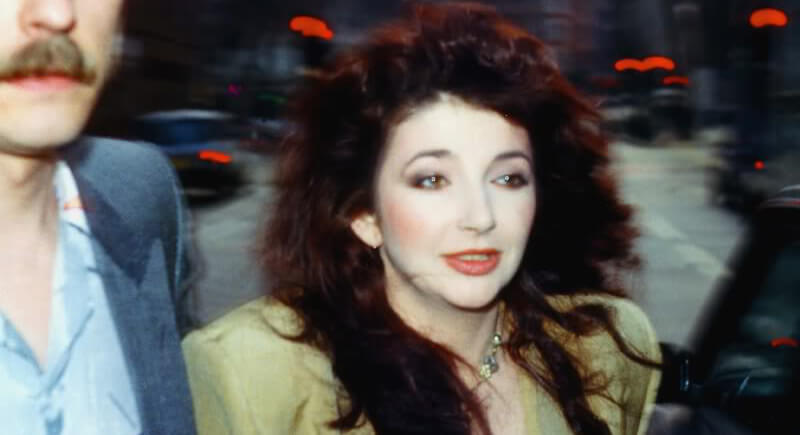
Credit: Wikimedia Commons
Kate Bush never chased the mainstream. She built something entirely her own. Running Up That Hill is just intentionally strange. The restless synths and her offbeat phrasing make it stand out. When Stranger Things brought it back, it proved that experimental music can still hit hard and feel right.
Billie Jean – Michael Jackson
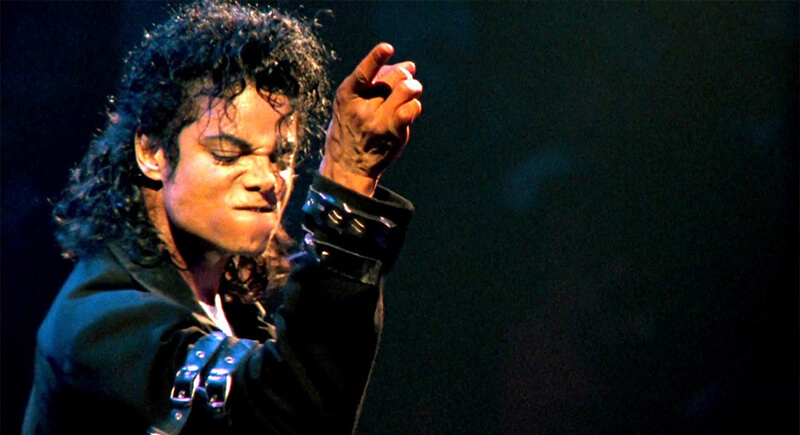
Credit: flickr
This track had 91 versions before Quincy Jones and Jackson agreed it was ready. The famous bassline came from Jackson himself, sung into a tape recorder. It was mixed to punch harder than any dance track of the era, and its production isolated the drums and bass to make room for Jackson’s sharp, percussive vocal phrasing.
Imagine – John Lennon
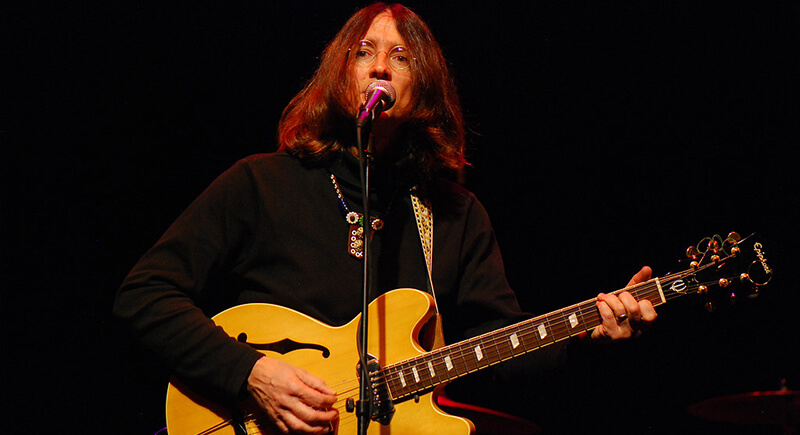
Credit: flickr
A lone piano, understated vocals, and restrained arrangement keep Imagine anchored. But it’s the intimacy of Lennon’s delivery that makes it universally resonant. Many have performed it live, but few can channel the same combination of fragility and certainty.
Hey Jude – The Beatles

Credit: Reddit
Hey Jude’s famous four-minute outro creates an emotional architecture. The fade was a deliberate push against radio norms. Paul McCartney’s vocals layer from whisper to wail, while the orchestration subtly evolves behind him.
Superstition – Stevie Wonder
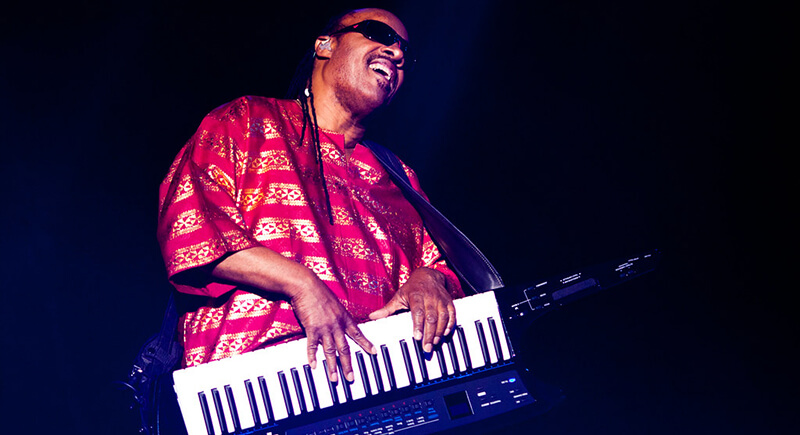
Credit: flickr
In Superstition, Wonder recorded nearly every instrument himself, including that unmistakable Hohner Clavinet riff. The groove seems simple, but it’s a marvel of syncopation—offbeat accents that give it bounce. The song was originally written for Jeff Beck, who played drums in the early sessions, but Wonder’s version was too good to give away.
Good Vibrations – The Beach Boys
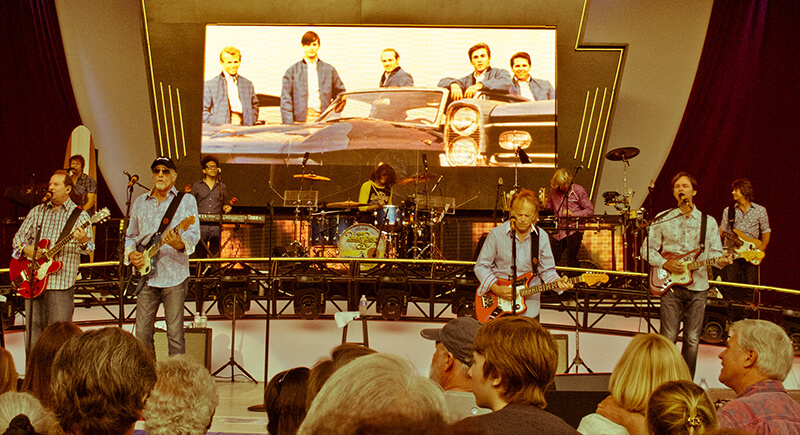
Credit: Wikimedia Commons
Recorded over 17 sessions across four studios, this track was constructed like a film score. Brian Wilson recorded each section independently, then stitched them together—a radical idea at the time. He used unusual instruments like the Electro-Theremin and cello to achieve an ethereal tone that wasn’t surf rock, soul, or pop, but a strange new hybrid of all three.
Hotel California – Eagles
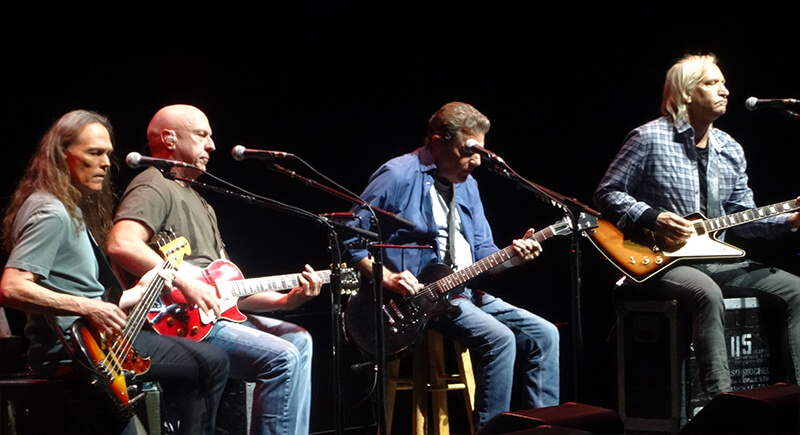
Credit: Wikimedia Commons
Dual guitars, one perfect solo, and the final stretch of the song is practically in 3D. You can feel the distance stretching out in front of you. Don Felder and Joe Walsh mapped it meticulously. They captured it once and never needed to again.
Riders on the Storm – The Doors
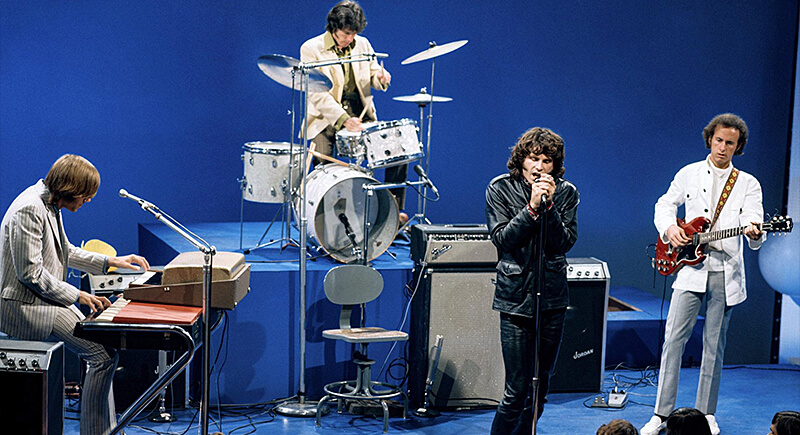
Credit: Reddit
This track, recorded with rain sound effects playing live in the studio, was one of the first to combine ambient textures with rock. Ray Manzarek’s jazz-influenced electric piano runs build a sonic mist around Morrison’s whisper-tracked vocals. Those whispered parts were laid down separately and blended in post.
I Will Always Love You – Whitney Houston
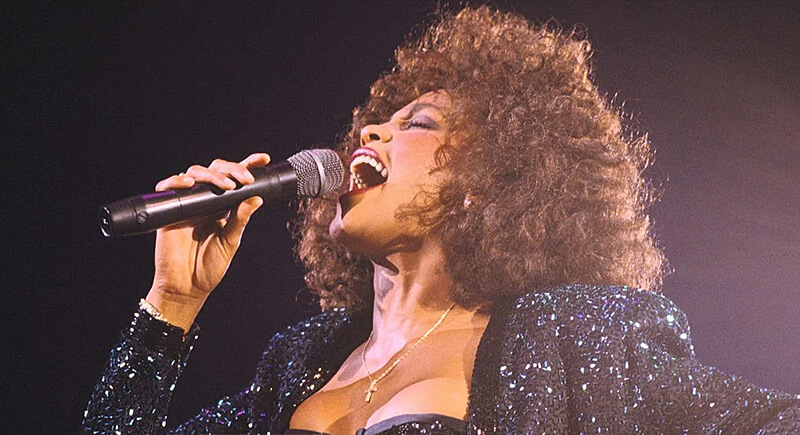
Credit: Reddit
Dolly Parton wrote I Will Always Love You, but Houston turned it into something else entirely. The pause before the final chorus and the sheer vocal control became an untouchable standard. Many have tried to emulate it, but no one’s voice has done it quite the same justice since.
Stairway to Heaven – Led Zeppelin
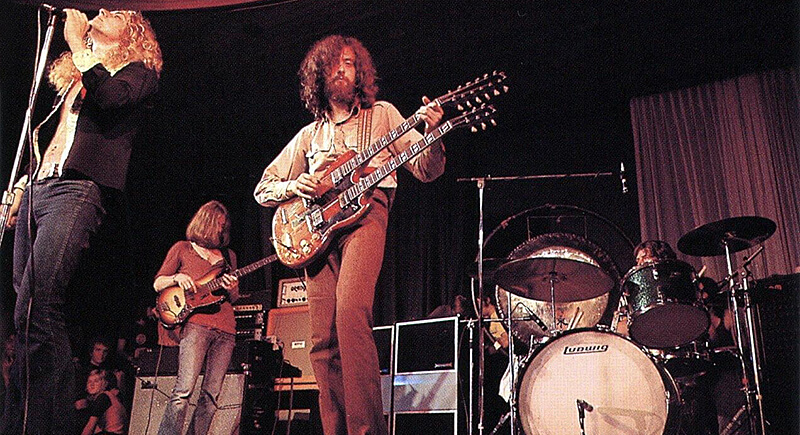
Credit: Reddit
This solo was a composite of multiple takes Jimmy Page recorded with each one having slightly different tonal qualities. The track’s slow-build format mirrored the structure of Baroque compositions, and John Paul Jones’ recorders in the intro add a Renaissance quality that subtly sets the tone for the mystical progression.